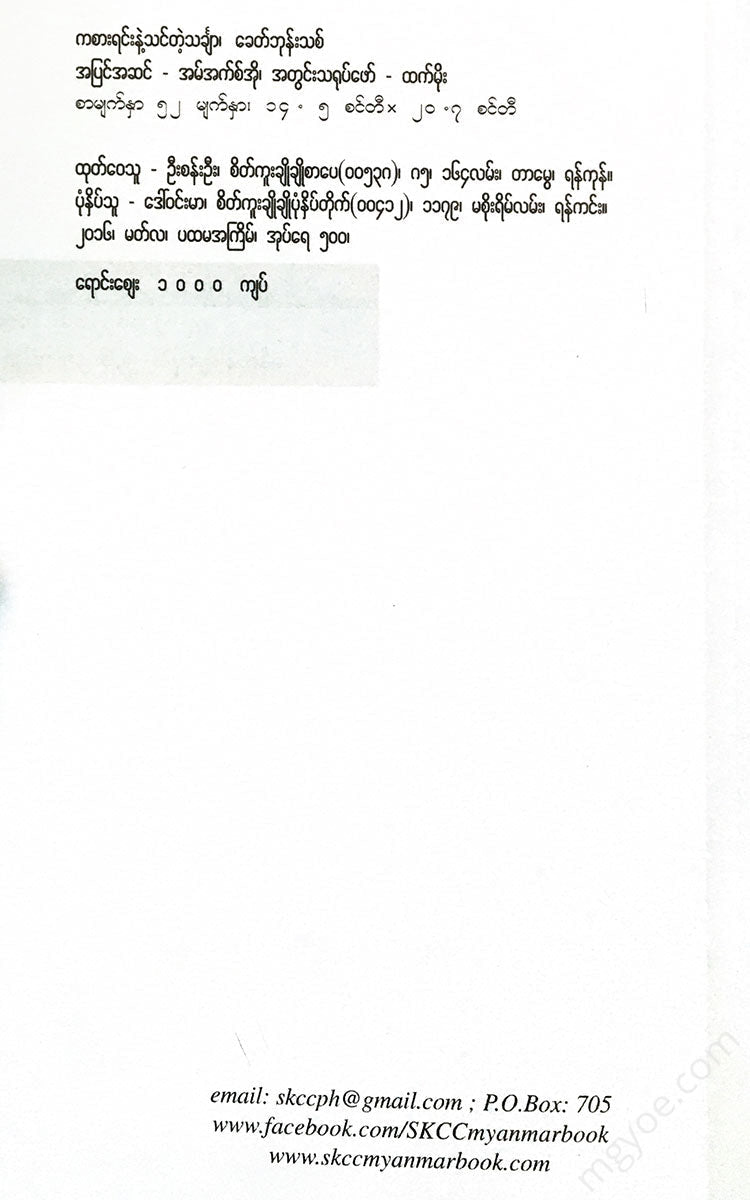စိတ်ကူးချိုချိုစာပေ
New Era - Maths Learned While Playing
New Era - Maths Learned While Playing
Couldn't load pickup availability
Children are naturally very inquisitive. They are very curious about the world around them, how things work, and how they work. If you teach math based on your curiosity and inquisitiveness, your child will enjoy learning math and will love it.
When teaching math to children of this age, you can't teach them with traditional math methods. Traditional math methods involve sitting them at a table and writing out the numbers, then putting them down on a piece of paper and calculating how much one plus one equals. This method is very boring for preschool and kindergarten children.
Your child will start to hate math, not love it, from preschool and elementary school. They will start to think that studying is boring, that studying is boring. There is nothing interesting in this teaching method for them, nothing to explore, nothing to think about.
Mathematics is not something that can be memorized and stored in the mind. In other words, it is not something that can be memorized and stored in the head like a mantra or a mantra. The original beauty of mathematics is the beauty of thinking. The beauty of thinking. The beauty of exploring. To destroy these beauties, such as one and one add up to two, two and years add up to four, three three nine, etc., and to force them to enter your head without thinking about anything, is like killing the beauty of mathematics to think about. A child who has memorized the number three three nine can write the answer to the question of what you get when you multiply three by three. He can write the number nine, but he cannot understand the real nature (concept) of what three three is and why it is ko. Knowing this nature (concept) is more important than being able to recite the number three three nine. Mathematics is about objects, It's about finding the true inner beauty of the microscopic world. We use the nature (concept) of mathematics to understand the world, to understand the universe, to discover many of the secrets of amazing science. It's the foundation.
Therefore, when teaching math to children, we should not use repetitive methods (for example, one plus one plus two, two plus four, etc.) or flashcard methods.
Let me introduce you to the numbers.
Preschool children can be taught to recognize numbers (one, two, three, four, etc.). The idea of teaching them to recognize numbers does not mean teaching them to recite numbers one, two, three, four, five, etc. by heart.
... Preschool is very good. After attending preschool, it didn't take long for my daughter to memorize numbers from one to one hundred . We often hear parents say things like this around us. Just like they say, your child can recite numbers from one to one hundred without making any mistakes. We need to think about whether this is something to be praised or happy about.
It is true that this three- or four-year-old child can recite the numbers from one to one hundred, from one to ten, etc. But they don't really know what one means, what two means. That is, they have to understand that one means one piece of bread, one toy, one car, etc., and that two means two pieces of bread, two toy cars, etc. They need to know the meaning of one, the meaning of two. The child also doesn't know that two is more than one, and three is more than two and one.











